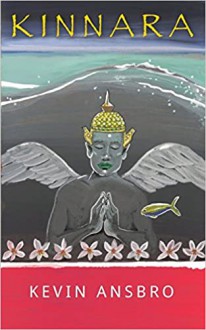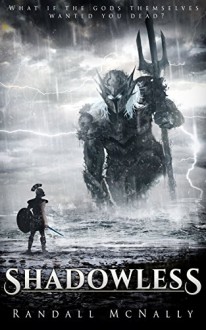As a new author, do you feel preyed upon?
As you pursue your dream do you ever feel predators are waiting at every part of the journey? As soon as you pause or hesitate, show any lack of confidence, or you ask yourself can I do this, they pounce.

Their mantra is you need a professional. You don’t have the expertise. Even if you did, you’d still need them for a different perspective. Anything free is not as good. Anyone who volunteers to help is an amateur. You’ve invested so much time and effort into your dream don’t sell it short. You’re worth it. Your dream is worth it.
The predators come in the form of book marketers who claim only they know how to get your book in front of all those potential readers. They’re editors who suggest a typo or a dropped word (which they would catch) is the difference between success and failure. They’re graphic artists who have invested heavily in image manipulating software that can be adapted to whatever purpose including book covers. They’re hybrid publishers, a cabal of all the aforementioned.
All that stands between you and success according to them is their services. Oh, yes, and their fee.
It’s great to have a dream but financing it unfortunately is where reality sets in. In most ventures, dreams aside, a cost benefit analysis is compulsory, as is some rudimentary market research. Why not undertake both for the novel you’re considering publishing?
Professionals can cost you thousands of dollars and the truth is a slick, error-free package doesn’t guarantee a best seller. In fact, it doesn’t even guarantee a return on your investment. Do the math. If you sell your e-book on Amazon for $3.99 your net royalty is about $1.40. How many books will you have to sell to pay the cost of the professionals?
Now, take into consideration what the marketplace is like for today’s authors.
The number of books being published every year has exploded. 1.7 million books were self-published in the U.S. in 2018, an increase of 264% in just five years.
Book sales are stagnant. The average U.S. book is now selling less than 200 copies per year and less than 1,000 copies over its lifetime.
(You can check this and more depressing facts out for yourself in a well-source article by Steven Piersanti, Senior Editor, Berrett-Koehler Publishers, Updated June 24, 2020 at https://ideas.bkconnection.com/10-awful-truths-about-publishing)
Save your money. Invest in how-to-write books, programs and courses. Put your work out there and seriously consider what other writers are saying about how to improve it. Search out other writers at your level or better and develop professional relationships. Be patient. Work hard. You’ll discover it’s as much about the journey as the destination.
When you think you’re ready go ahead and self-publish. It’s easy, it’s exciting and it’s free. Make mistakes. You can always upload corrections, or for that matter, unpublish the book and start again. Keep at it.
Don’t worry too much about success, be more concerned about becoming a better writer.
#amwriting #writerlift #writerslife #writerscafe
#writingcommunity #selfpublished
@Linktree_ #author #authorlife #authorshelpingauthors
#thewriterscircle #newwritersandauthors
#indieAuthorNews #writerscafe
#thewriterscircle #newwritersandauthors

 Log in with Facebook
Log in with Facebook 









